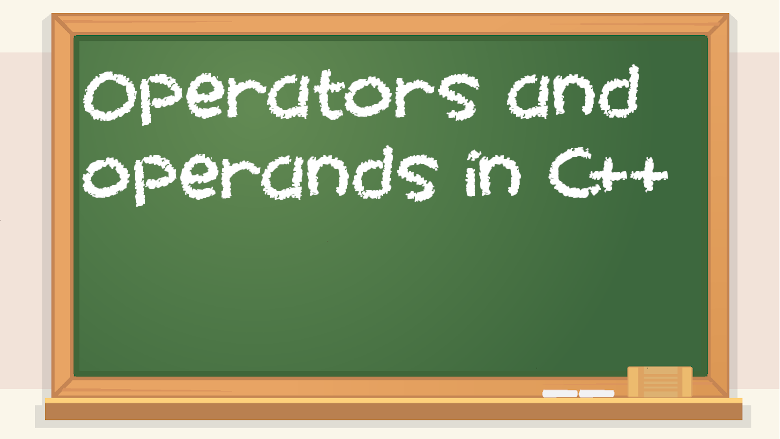C++ <<:
There are two operators in C++ called the right-shift operator (>>) and left-shift operator (<<). They have different meanings depending on the context, because of operator overloading (their meaning changes based on their operands). In the context of cout, << means “put to,” according to Bjarne Stroustrup. It’s inspired by Unix operators like > and >>, which are used for writing to or appending to a file.
It’s a little confusing, and less straightforward than Java’s System.out.println() or even Python’s print(), but just know that you use << with cout and endl.
>> is associated with cin, which is input from the user rather than output to the console. cin is covered later in this section.
If a concept doesn’t make much sense to you, don’t worry. You’re not alone. Sometimes, the issue is poor language design. I’m really not a huge fan of C++, even though I have written some projects in it. But I’m including the basics in this book because it’s good to be aware of its existence, even if you end up mainly using JavaScript or Python or something instead.
C++ assignment operators:
#include <iostream>
#include <string>
using namespace std;
int main() {
string message = “Assignment operator demonstration”;
cout << message << endl;
int example = 1;
int anotherExample = 2;
example = anotherExample;
example -= 1;
example *= 2;
example /= example;
example += 4;
example %= 3;
cout << example << endl;
return 0;
}
C++ binary operators:
#include <iostream>
#include <string>
#include <cmath>
// <cmath> is used for pow() and floor()
using namespace std;
int main() {
string message = “Binary operator demonstration”;
// just kinda useless/random math to demonstrate operators
cout << message << endl;
int operatorDemo = 0;
operatorDemo = operatorDemo + 5;
int someOtherNum;
someOtherNum = operatorDemo – 1;
int someThirdNum = operatorDemo * someOtherNum;
// someThirdNum is 20 at this point
someThirdNum = someThirdNum / operatorDemo;
someOtherNum = someOtherNum % (operatorDemo – 1);
int powerToRaiseNumTo = 2;
int exponentDemo = pow(operatorDemo, powerToRaiseNumTo);
// floor division
// floor() just returns a number with no decimal place
cout << floor(5/2) << endl;
// == is used to check if something equals something else
// not to be confused with =, which is the assignment operator
cout << (5 == 2) << endl; //returns 0 to indicate false
cout << (1 == 1) << endl; //returns 1 to indicate true
// != means not equal to
cout << (3 != 2) << endl; //returns 1 because it’s true
cout << (4 > 7) << endl; //0 for false
int result = (4 < 7);
cout << result << endl;
bool trueFalse = (6 >= 5);
cout << “Value of trueFalse: ” << trueFalse << endl;
// you will notice that bools are 0 for false or 1 for true
// as opposed to other languages where it’s true and false
cout << (10 <= 10) << endl;
bool trueVar = 1;
bool falseVar = 0;
cout << (trueVar && falseVar) << endl; // 0 because AND requires both
cout << (trueVar || falseVar) << endl; //1 because || means or, only needs one to be true
return 0;
}
C++ unary operators:
Incrementing:
#include <iostream>
#include <string>
using namespace std;
int main() {
int incDemo = 31;
incDemo++; //post-increment
cout << incDemo << endl;
++incDemo; //pre-increment
cout << incDemo << endl;
return 0;
}
Decrementing:
#include <iostream>
#include <string>
using namespace std;
int main() {
int decDemo;
decDemo = 4;
cout << decDemo– << endl; // 4 because it does cout and then decrements
cout << decDemo << endl; //3
cout << –decDemo << endl; //2 because decrements first and then couts
return 0;
}

